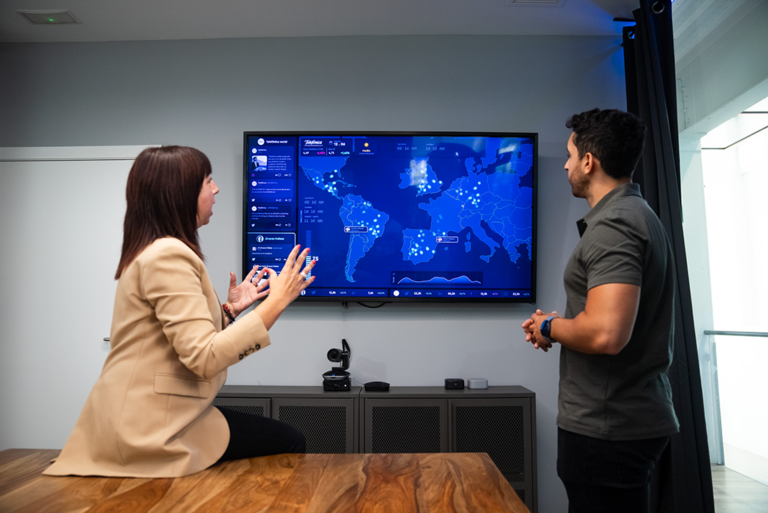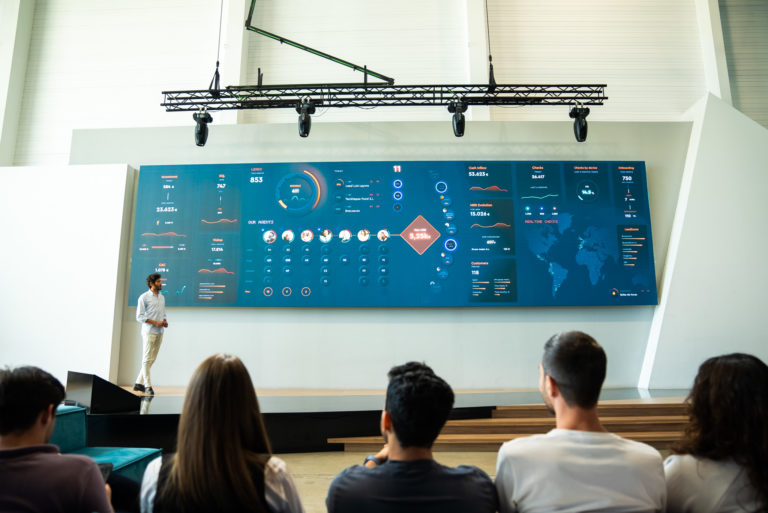Digital Revolution in HORECA

Technological innovation and data have brought about a digital revolution in the way restaurants, hotels and cafes manage their operations and engage their customers.
In enthusiast mode
The Horeca sector has been completely redefined and the dynamics when it comes to its operations have taken a good turn: from inventory management, shift allocation, delivery to the customer experience itself:
- Digital Menus and Online Ordering: on tablets or QR codes on phones, where customers directly see the menu, place orders and pay from their personal devices. No waiting and automatically.
- Robots and Automation: Order taking and food delivery through robotic technology.
- Virtual Reality (VR) experiences in Lodging: Some hotels use VR to give guests a virtual tour of rooms and facilities prior to arrival.
- Virtual Experiences and Online Events: Some hotels and restaurants have organized virtual events and online experiences, such as wine tastings or virtual tours of the facilities.
But beware
With new possibilities come new challenges and complications. Technologies open up a fabulous panorama, but their applicability and the organized and intelligent use of data require constant updating, both in terms of resources and skills.
To achieve the realization of original ideas and create new business models, a whole engineering process is necessary, from the base to the surface. From planning, programming and design; data collection, definition of key indicators (KPI and KRI) to applicability, presentation and operation.
Data chaos is one of the main controversies facing corporations when it comes time to dive into the universe of digitization.
All the information generated comes from different data sources: point-of-sale (POS) systems, online reservations, loyalty programs, mobile apps, social networks, satisfaction surveys, among others.
As you can imagine, managing and efficiently taking advantage of the large amount of data generated is a great challenge and, if we do not have the right tools, we will not be able to work well, nor will we be able to extract the great potential that all this information has for our strategy.
Here is an example from the franchise La Mafia Se Sienta a La Mesa. In it they tell how real-time data management and visualization has helped them to optimize time and resources.
Some of the challenges associated with this data chaos are as follows:
- Massive volume of data: the HORECA sector generates a large amount of real-time data due to the nature of its operations, which can overwhelm companies that do not have the proper infrastructure to handle and process that data.
- Diversity of sources: data comes from a variety of sources, such as online sales, on-premise, reservations, online reviews, social media comments, etc. Each source may have its own format and structure, making integration and analysis difficult.
- Data quality: Information collected may be inconsistent, incomplete or incorrect, affecting decision making based on accurate and reliable data.
- Lack of integration: If all data sources are not properly integrated, companies may have a fragmented view of information, making it difficult to obtain a complete and accurate picture of operations.
- Privacy challenges: This sector handles personal and financial customer data, which implies challenges in complying with privacy and data protection regulations, such as the General Data Protection Regulation (GDPR) in Europe.
- Difficulties in analysis: Data chaos can make it difficult to identify patterns, trends and opportunities for improvement. Without proper analysis, data lacks real value.
Do not despair, take decisive initiatives
Successfully managing data chaos in the HORECA sector provides competitive advantages to companies by enabling them to make more informed decisions, personalize the customer experience and optimize their operations.
Be decisive without losing enthusiasm, apply creativity and move forward in an intelligent, organized and detail-oriented manner.
Choose technology partners who have the ability to look at difficulties as possibilities for action and who will pave the way to allow creative ideas to unfold to their fullest expression. The potential for success lies in learning to delegate and manage strategically.



